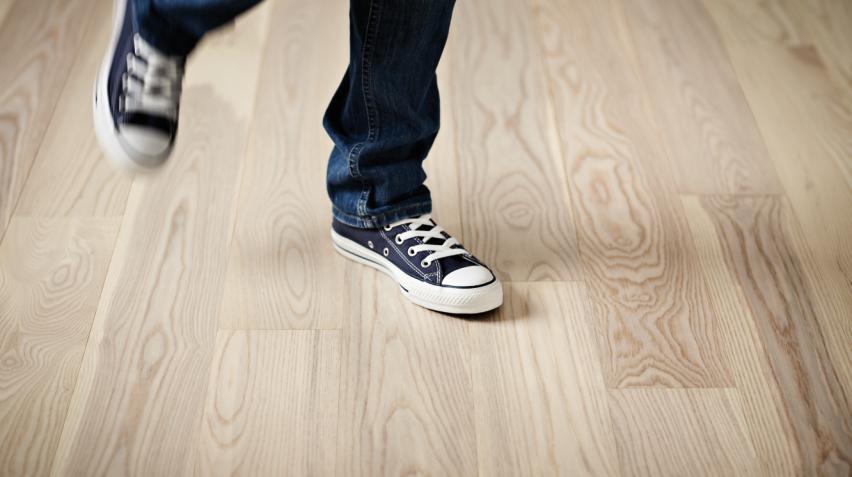Removing Oil Stains from Wood Floors: Safe and Effective Methods
Oil stains on wood floors can be both frustrating and difficult to remove, especially if not addressed quickly. This guide provides clear, step-by-step methods for safely and effectively tackling oil stains without risking damage to your hardwood flooring. You’ll learn which household products work best, how to handle stubborn stains, and important precautions to protect your floor’s finish. Whether your floor is oak, ash, or beech, these practical tips will help you maintain the natural beauty and durability of your wood floors for years to come.
Understanding Why Oil Stains Are Challenging for Wood Floors
Oil stains present a unique challenge for wood floors due to the material’s naturally porous surface. When oil comes into contact with hardwood, it can quickly seep below the finish and into the grain, making removal more difficult the longer it sits. Different wood species—such as oak, ash, and beech—vary in their porosity, but all solid wood floors require prompt attention when spills occur. If left untreated, oil can cause discoloration and compromise the appearance of your floor. Knowing how to get oil out of wood floor surfaces is essential to preserve their beauty and long-term durability.
How to Get Oil Out of Wood Floor: Step-by-Step Removal Methods
Addressing oil stains effectively means acting quickly and using appropriate techniques. Below is a step-by-step guide to removing oil stains from your wood floor.
Blotting and Absorbing Fresh Oil Spills
- Gently blot the oil spill with a clean, dry cloth or paper towel to soak up as much oil as possible.
- Avoid rubbing, as this may push the oil deeper into the wood grain.
- Sprinkle a generous layer of baking soda or cornstarch directly on the stain. Let it sit for 30–45 minutes to draw out oil from the surface and pores.
- Sweep or vacuum up the powder to reveal the next steps.
Cleaning with Gentle Solutions
- Prepare a mild cleaning solution by mixing a small amount of pH-neutral liquid dish soap with warm water.
- Dampen a soft sponge in the solution and gently clean the stained area, focusing only on the affected spot.
- For persistent stains, a paste of baking soda and a few drops of water can be applied gently.
- If needed, a diluted mix of water and white vinegar may help, but always test on a small, inconspicuous area first and consult Junckers’ care recommendations for your specific floor finish.
For a more detailed overview of daily and regular maintenance tailored to wood floors, visit the guide on cleaning and maintenance of hardwood floors.
Addressing Stubborn or Older Oil Stains
- For more ingrained stains, soak a cloth in hydrogen peroxide and place it over the stain. Leave it in place for several hours to help lift the oil.
- After treatment, wipe away any residue with a damp cloth, then dry the area thoroughly.
- Take extra care if your floor has a special finish, such as ultra matt lacquer or oil, to avoid damaging the surface.
- If the stain persists, consider consulting a flooring specialist for further advice.
Protecting Your Junckers Wood Floor Finish During Cleaning
Maintaining the integrity of your floor’s finish is just as important as removing the oil stain itself.
- Identify your floor’s surface treatment—Junckers offers options like ultra matt lacquer and nature-inspired oil finishes.
- Use only cleaning agents and methods compatible with your floor’s finish. Abrasive tools, harsh chemicals, or steam cleaners should be avoided, as they can dull or damage the protective layer.
- For ongoing care, Junckers recommends using a dedicated floor cleaner that is specially formulated for hardwood surfaces.
When in doubt, refer to Junckers’ official care and maintenance guides or contact our team for personalized advice.
Preventing Oil Stains on Wood Floors in Your Home
Taking preventive measures can save time and effort in the long run. Consider these tips to keep your wood floors in top condition:
- Wipe up oil spills immediately using a soft, absorbent cloth.
- Place rugs or mats in high-risk areas, such as kitchens and dining rooms, to catch spills before they reach the wood.
- Regularly clean your floors with cleaners specifically approved for wood flooring.
- Incorporate quick checks and cleaning into your everyday routines, especially after meals or food preparation.
In addition, regular maintenance with products designed for oiled floors, such as maintenance oil, helps protect the surface and extend its lifespan.
When to Seek Professional Help for Oil Stains
While most oil stains can be managed at home, some situations call for professional intervention—especially when dealing with large, deep-set stains or if you are unsure about the correct method for your specific floor type. Professional flooring specialists have the expertise and equipment to safely restore your floor’s appearance without compromising its finish or structure. If in doubt, reaching out for expert advice helps ensure your Junckers floor remains beautiful for years to come.
More Help and Inspiration from Junckers
For further guidance on how to get oil out of wood floor surfaces and to explore more technical documentation on solid wood floor maintenance, consult the G - Cleaning & Maintenance, Solid hardwood floors resource. If you have questions or need personalized advice, our team is always ready to help. Discover the complete selection of Junckers solid hardwood flooring solutions for private homes and find inspiration for your next project.



